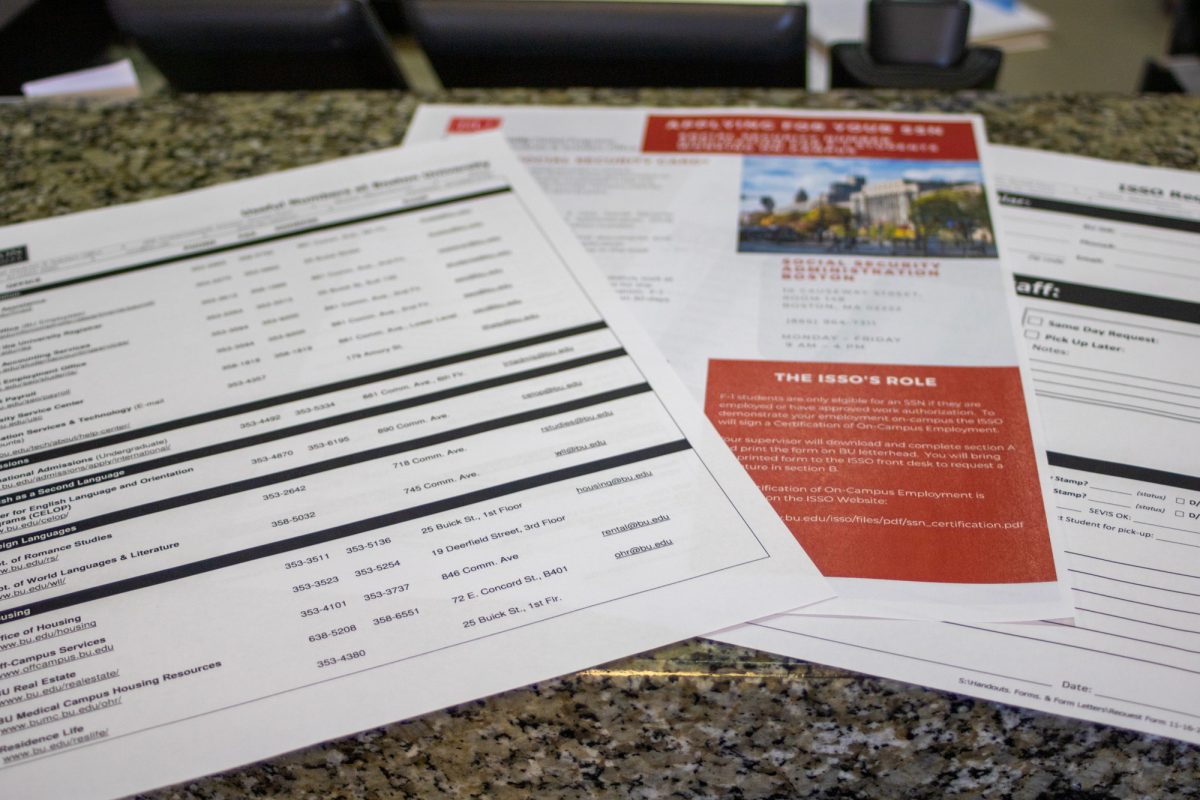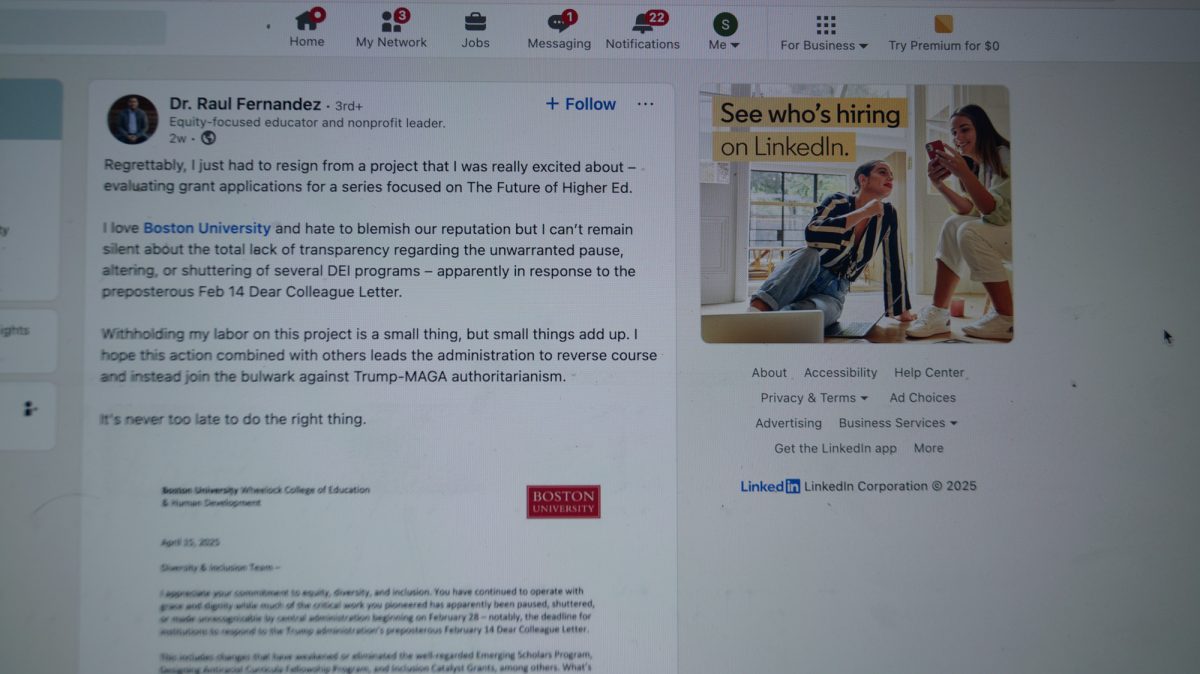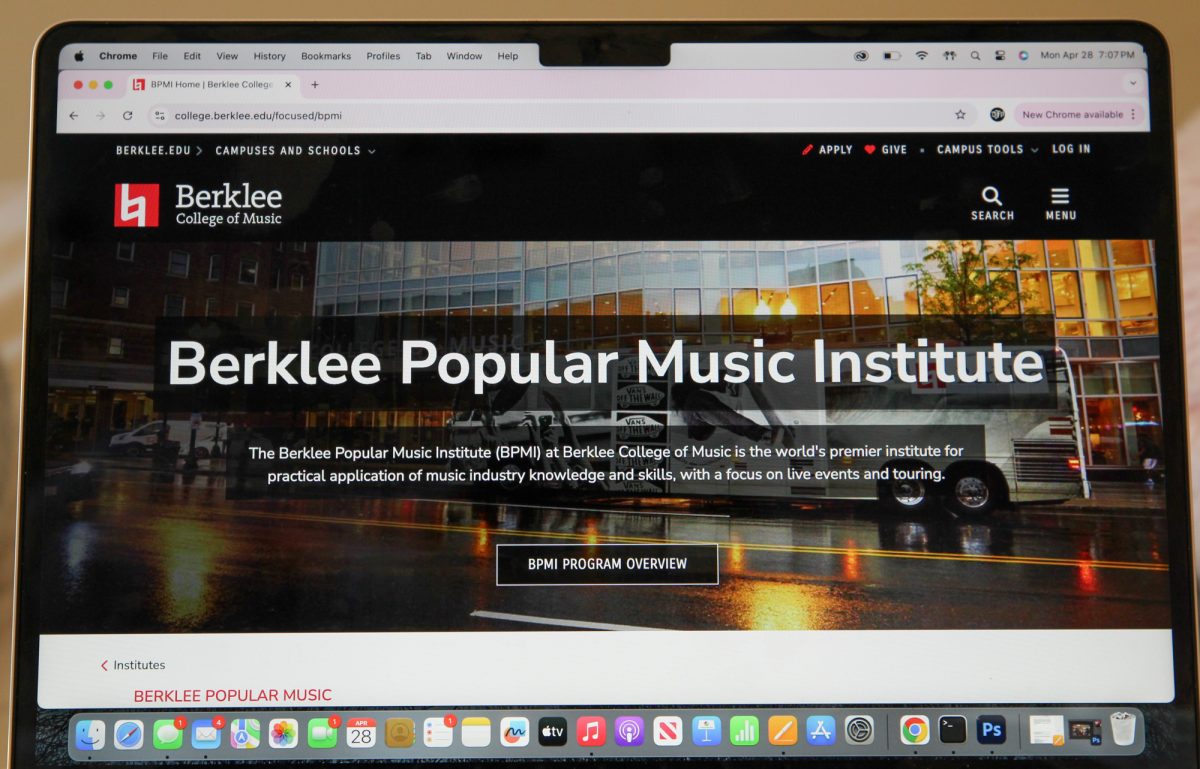Imagine a newspaper that updates itself daily. A piece of paper, as thin as a few sheets of looseleaf but made of a plastic screen and layer of circuts that display print much like a computer or cell phone.
These are the dreams of E Ink, a nanotechnology firm in Cambridge, which is developing a paper-thin and flexible display that may eventually lend itself to a tree-saving, wirelessly updating newspaper.
Radio Paper, first conceived in a Massachusetts Institute of Technology media lab, is a .3 millimeter-thick display that maintains a uniform image even when bent or curved. The patented prototype, which would roll up into a one-inch tube, would boast a higher screen contrast than standard display technologies.
The key ingredient of Radio Paper is the patented Electronic Ink. The ink contains millions of hair-thin microcapsules packed with negatively charged black pigments and positively charged white pigments. All are attached to circuits. Applied positive charges would send black particles to the surface, which would appear as dark ink on the otherwise negatively charged white background.
The particles retain their charges for months without charge.
As scientists develop technologies that would control smaller and smaller amounts of pigments per charge, the resolution will increase, creating finer and crisper print.
The first generation of high-resolution displays will be approximately 160 pixels per inch’#8218; about the same as typical newspaper images, according to E Ink Senior Marketing Manager Darren Bischoff.
And unlike hard-to-make-out cell phone displays, Radio Paper is said to be much brighter than a standard Liquid Crystal Display, LCD, with twice the contrast.
Much like newspaper ink, Electronic Ink can be viewed at any angle with the same luminance. LCD screens, such as those used in digital watches or GameBoys, vary in brightness depending on the angle.
Unfortunately, the time it takes to change an image on Radio Paper is considerably slower than an LCD.
Initial display models have several seconds or minutes between page turns, Bischoff said.
‘Speed will increase with future generations. Initial displays will have a switching speed of less than a second.’
Radio Paper is no bigger than three sheets of notebook paper – more than six times thinner than a standard LCD. The sheet consists of a one millimeter-thick electronic ink film, which is attached to a stainless steel, foil backplate.
Ultimately, E Ink hopes to create a wireless display that could download many kinds of information and someday take the place of a newspaper. The paper substitute could save millions of trees.
But, ‘the very persistence of ink-on-paper newspapers tells me that there is something about them that readers find valuable,’ said Chris Daly, a journalism professor at Boston University’s College of Communication.
And E Ink’s goal is a long way off – thin and flexible wireless capabilities are still being developed in labs, according to E Ink’s Public Relations Manager Jennifer Haight.
Recently, an electronic book prototype that used E Ink displays, was unveiled as a potential revolution in the way people read books and other written content. The books should be commercially available in 2004.














































































































